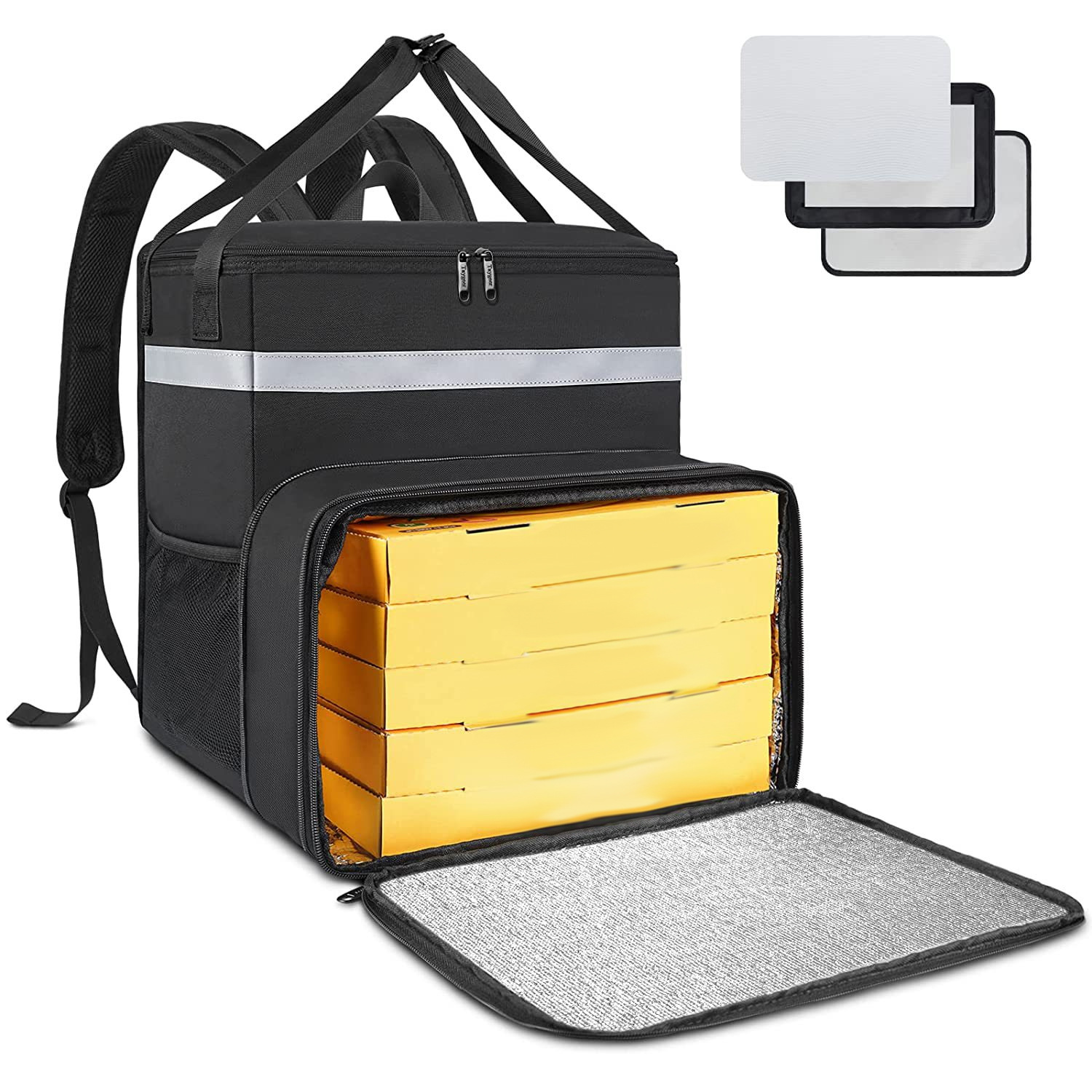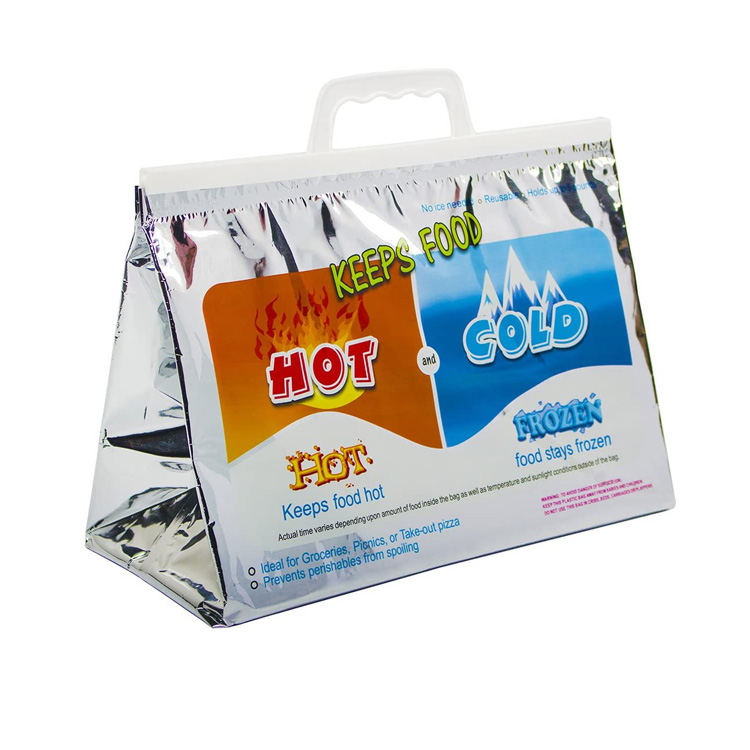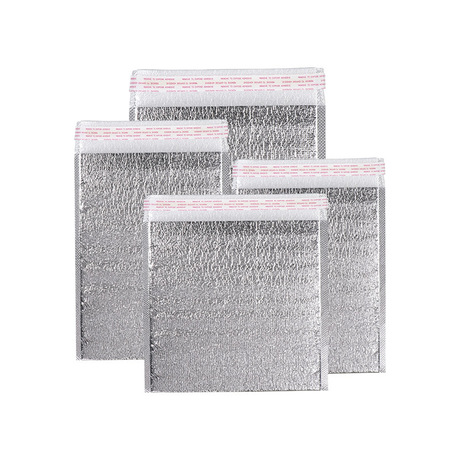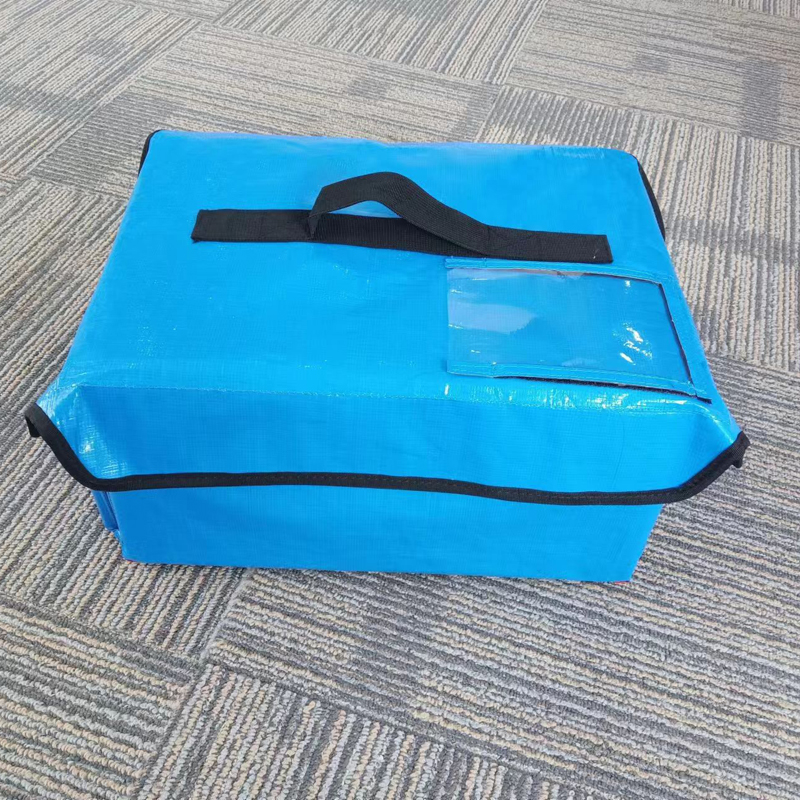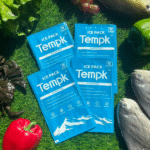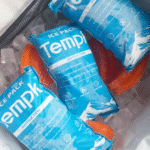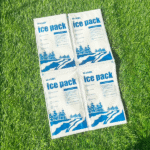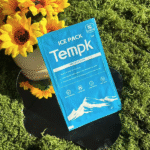Die Leistung von Wassereinspritzeisen in Hochtemperaturumgebungen beeinflusst direkt ihre Kühlungseffizienz und Lebensdauer. Hohe Temperaturen beschleunigen die Erwärmung des Wassers im Eisbeutel, was zu einer kürzeren Kühlzeit führt. Das Verstehen, wie sich Wasserinjektionseis in Hochtemperaturumgebungen verhalten, ist entscheidend für die Gewährleistung einer effektiven Verwendung. Im Folgenden finden Sie die Schlüsselfaktoren, die die Wassereinspritzeis unter hohen Temperaturbedingungen beeinflussen:
1. Verringerte Kühlungseffektivität
Hohe Temperaturen sind der Hauptfaktor, der die Kühlungseffizienz der Wasserinjektion beeinflusst Eisbeutel. Mit zunehmender externer Temperatur, Der Temperaturunterschied zwischen dem Eisbeutel und der Umgebung nimmt zu, mehr Wärme durchdringen in den Eisbeutel eindringen. Infolge, Das Wasser im Eisbeutel wärmt sich allmählich auf, und sein Kühlungseffekt nimmt ab. Dies ist insbesondere in Umgebungen, die direkten Sonnenlicht oder hohen Temperaturen ausgesetzt sind, die die Kühlzeit drastisch verkürzen.
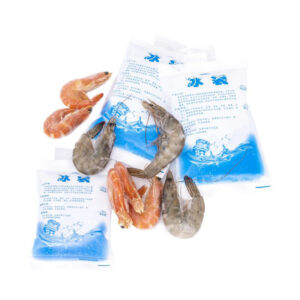
2. Beschleunigter Materialalterung
Die Wassereinspritzeisspucken werden typischerweise aus Materialien wie Polyethylen hergestellt (Pe) oder Polypropylen (Pp), die anfällig für das Altern sind, wenn sie über längere Zeit hohen Temperaturen ausgesetzt sind. Hohe Temperaturen schwächen die molekulare Struktur der Materialien, Reduzierung ihrer Elastizität und Haltbarkeit. Im Laufe der Zeit, Die Oberfläche des Eisbeutels kann Risse entwickeln oder brechen, Auswirkungen auf die Versiegelungs- und Kühlleistung.
3. Reduzierte Sealintegrität
Hohe Temperaturen können die Dichtungsleistung von Eisbeutel beeinflussen. Wenn die Temperatur steigt, Das Wasser im Eisbeutel dehnt sich aus, potenziell lockern oder deformieren das Siegel. Dies führt zu einer weiteren Verringerung der Kühlungseffektivität. Eisbeutel mit schlechter Versiegelung leckt eher Wasser, Reduzierung ihrer Kühlzeit.
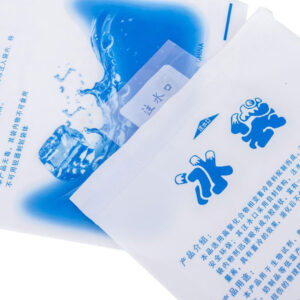
4. Expansions- und Bruchrisiko
In Hochtemperaturumgebungen, Das Wasser im Eisbeutel kann sich ausdehnen, Erhöhung des Risikos, dass die Tasche übermäßig geschwollen und möglicherweise zerbricht. Dies gilt insbesondere dann, wenn sie verlängerten hohen Temperaturen oder Druck ausgesetzt sind. Überexpansion des Eisbeutels kann zu Rissen oder Rissen führen, Auswirkungen auf die Haltbarkeit und Kühlleistung.
5. Beschleunigter Wärmeaustausch
Wie die Außentemperatur steigt, Der Temperaturunterschied zwischen dem Eisbeutel und der Umgebung nimmt zu, Wärme schneller in den Eisbeutel fließt. Dies beschleunigt den Wärmeaustausch, die die Kühlzeit verkürzt.
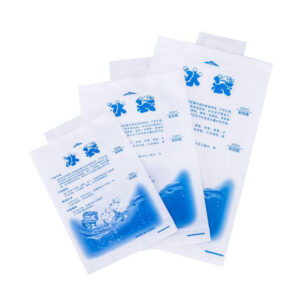
So optimieren Sie die Leistung von Wassereinspritzeisen in hochtemperaturlichen Umgebungen
Verbesserung der Leistung von Wassereinspritzeis in hochtemperaturen Umgebungen, Sie können die folgenden Maßnahmen ergreifen:
- Vermeiden Sie direktes Sonnenlicht und Hochtemperaturexposition:Beim Speichern von Eisbeuteln, Vermeiden Sie es, sie auf Sonnenlicht oder Hochtemperaturumgebungen auszusetzen. Sie kühl halten, Trockener Ort verlängert ihre Lebensdauer und die Kühlungseffektivität.
- Wählen Sie hochwertige, Hochtemperaturresistente Materialien:Wählen Sie Eisbeutel aus langlebig gemacht, hitzebeständige Materialien, wie Polyethylen mit hoher Dichte (Pe), Um ihre Leistung und Haltbarkeit bei Hochtemperaturbedingungen zu verbessern.
- Richtige Wasserinjektion:Die Überfüllung des Eisbeutels kann das Risiko eines Bruchs bei hohen Temperaturen erhöhen, Während der Unterfüllung kann möglicherweise keine ausreichende Kühlung bieten. Befolgen Sie die Anweisungen sorgfältig, und stellen Sie sicher, dass die Dichtung dicht ist, um Lecks zu vermeiden.
- Verwenden Sie eine isolierende Außenschicht:Erwägen Sie dem Eisbeutel eine isolierende Außenschicht hinzuzufügen, um den Einfluss von externer Wärme zu verringern, Erweiterung des Kühlungseffekts.
Abschluss
Zusammenfassend, Die Leistung von Wassereinspritzeisen in Hochtemperaturumgebungen wird von mehreren Faktoren beeinflusst, einschließlich externer Temperatur, Materialalterung, Versiegelungsintegrität, und das Risiko einer Expansion. Durch Auswahl hochwertiger Eisbeutel, sie richtig füllen, Vermeiden Sie übermäßige Wärmeexposition, und mit Isolationsschichten, Sie können ihre Kühlzeit effektiv erweitern und ihre Leistung in Hochtemperaturumgebungen verbessern.







